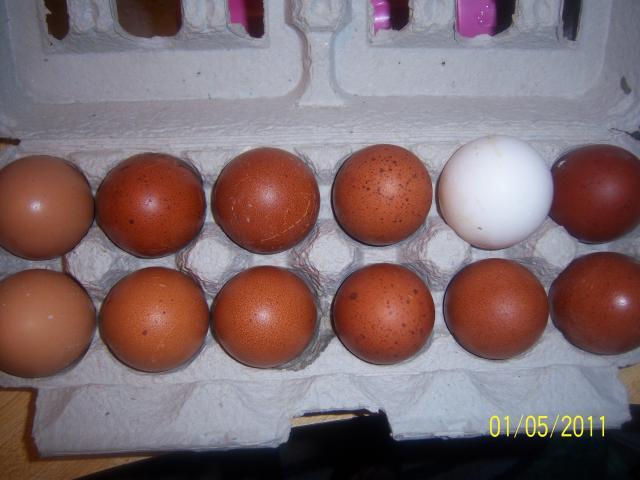Found this posting on craigslist for Vermont.... it is a sad statement on poultery showing in our area!
http://burlington.craigslist.org/grd/2146876221.html
Free Rare Rooster "My granddaughter's pullet has started to crow. He is a big gorgeous rare Blue Laced Wyandotte, about 8 months old. He was state tested in September for disease, and still has the leg band. She won a blue ribbon for him at Tunbridge Fair. (although he was shown then as a pullet)"
http://burlington.craigslist.org/grd/2146876221.html
Free Rare Rooster "My granddaughter's pullet has started to crow. He is a big gorgeous rare Blue Laced Wyandotte, about 8 months old. He was state tested in September for disease, and still has the leg band. She won a blue ribbon for him at Tunbridge Fair. (although he was shown then as a pullet)"








